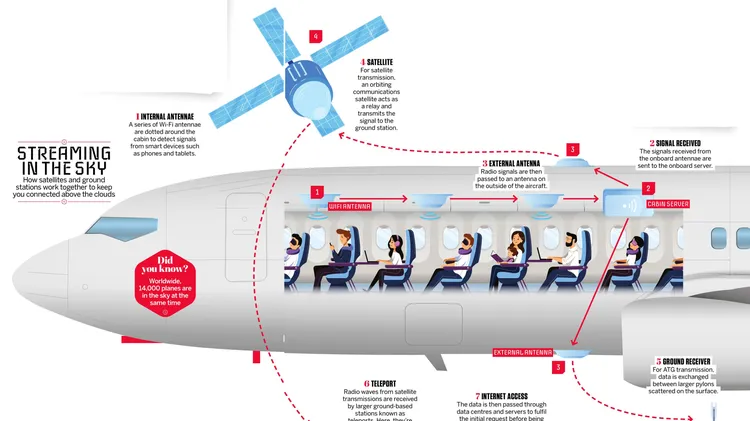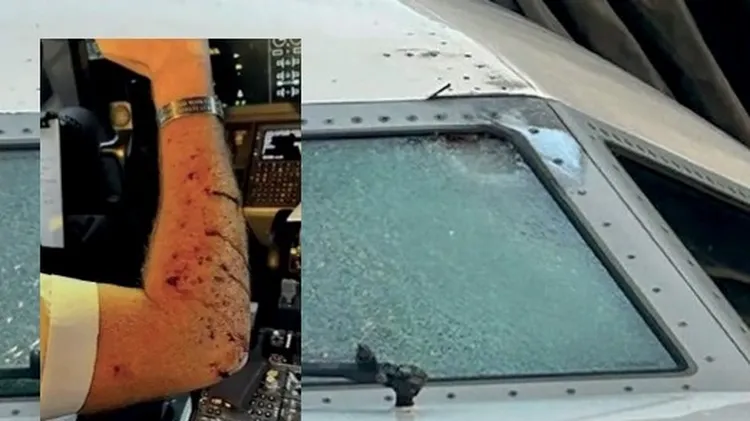How has Starlink changed the face of modern warfare? James O’Malle
The broadband battlefield
6 min read
This article is from...
Read this article and 8000+ more magazines and newspapers on Readly






